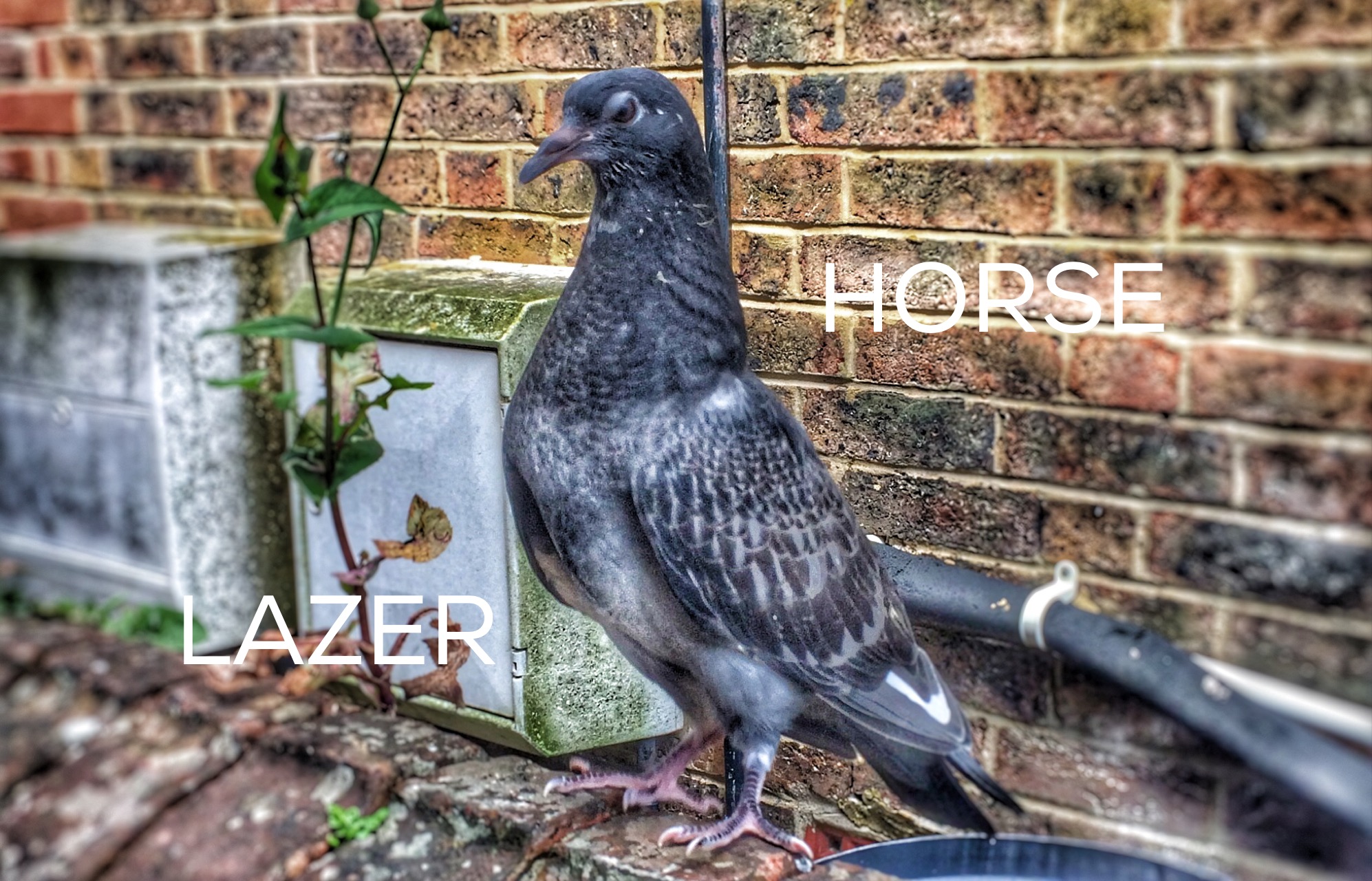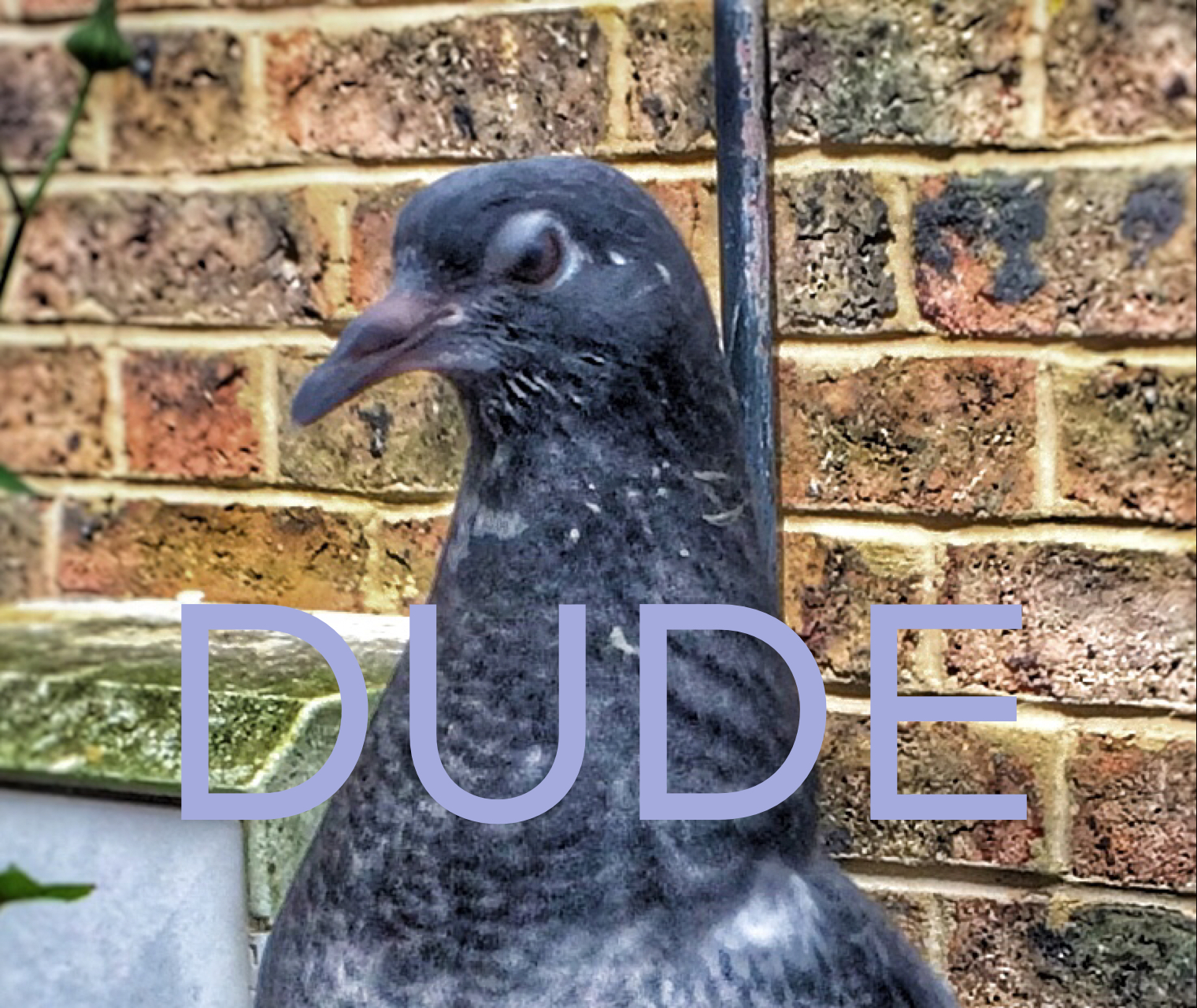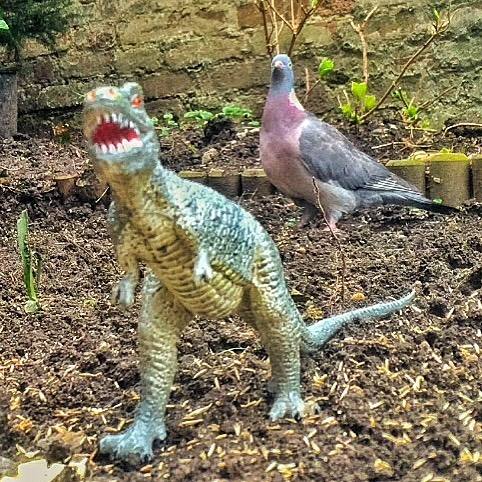8 Amazing Pigeon Facts
Of all the bird species, the feral pigeon must be the one that faces the most derision.
I, for one, do not believe that this pigeon hatred is entirely fair; I feel a certain duty to level the playing field. This repulsion is blatant speciesism.
People call pigeons the “rats of the air;” they say that they spread disease, which they don’t do to any greater degree than those dirty cats and dogs you let live in your house.
Pigeons certainly do follow us humans around, though. They love to eat our crap, but, guess what? If stupid humans didn’t leave so much crap everywhere, they wouldn’t follow us. Their success is totally our fault. Come on humans, think about it.
The city pigeon (Columba livia domestica) used to be happy living on cliff edges, but, seeing as humans are lobbing so much free food about, they decided to move in.
Any how, I found some facts on the Pigeon Control Resource Centre‘s website, and thought I would share. Here we go – get ready to have your opinion changed. Big time.
1) Pigeons Have Been About For Ages
The earliest picture of a pigeon comes from around 3000 BC. The daubing sits on a wall in Mesopotamia (modern day Iraq).
The Sumerians, from Mesopotamia, were the first to begin breeding white doves from wild pigeons. Their breeding programs are probably responsible for the variety we see in pigeon feathers today.
2) Pigeon Poo Rules
Pigeon poop, or, to get technical – guano – is not highly prized these days. That’s a shame. However, back in the 16th, 17th, and 18th centuries, it was all the rage.
Pigeon guano was considered the most potent manure available. It was so sought-after that dovecotes (pigeon houses) would have armed guards preventing eager poop thieves from filling their bags.
Additionally, in 16th century England, pigeon poo was the only known source of saltpeter – a vital constituent of gunpowder.
In Iran, dovecotes were set up to produce fertilizer for their melons, and, in France and Italy, they set them up to fertilize their hemp crops and grapevines.
3) Pigeons As War Heroes
That’s right, pigeons helped save our country, and other people’s countries too. During both WWI and WWII, the carrier pigeon transported messages across enemy lines, dodging fire and poisoned gas to save countless lives.
If a U-boat attacked a British ship, a pigeon would be released with details of the crew’s whereabouts. Many lives were saved by these marine missions.
Pigeons were used less in WWII, thanks to improved telecoms technology, but they were still responsible for passing info back to the Brits about V1 and V2 rocket bases on the other side of the English channel.
ALL HAIL THE WAR PIGEON!
4) Pigeon Mating And Reproduction
Pigeons are romantic devils, and they pair for life. They are also capable of breeding up to 8 times a year, which explains why there are so many of them knocking about; their eggs only need 18-19 days of incubation.
Oh… and a baby pigeon is called a “squab.” These squabs are fed on regurgitated “pigeon milk” by both parents. Pigeon milk is a type of crop milk.
Crop milk is quite different from mammalian milk; it’s secreted from the lining of the parent’s oesophagus and looks like yellow cottage cheese. Sounds delicious, right?
5) They Helped Fund The Rothschilds
Now, this isn’t such a positive fact, but it’s still interesting, so it’s getting a mention. The ultra-rich and powerful Rothschilds owe some of their fame and fortune to their early interest in pigeons.
The Rothschilds set up a network of pigeon lofts across Europe in order to carry financial information between institutions.
This method proved much quicker and more efficient than any other option at the time. It gave the tycoons an edge, and helped them slowly take over the financial universe.
6) Mad Homing Skillz
Pigeons, as we all know, are top notch at homing. Champion pigeons can be released, literally hundreds of miles away from their home, and still make it back. That is proper impressive and no mistake.
But how? It seems that they use a few different methods all at once. They use landmarks (there have been reports of pigeons changing direction at motorway junctions, for instance); they also seem to be able to use the earth’s magnetic force to help find their way.
Also, some believe that they might use the sun’s position and ultrasound (very low-frequency sounds created by seismic activity and bridges being blown in the wind, for instance).
7) Not As Daft As They Look
Pigeons are renowned for being stupid, dense, and thick. This is not entirely fair. They are actually one of the very few animals that can pass the “mirror test” – they can recognise the fact that the mirror’s reflection is them… after extensive training.
Also, pigeons can be trained to recognise every letter of the alphabet, differentiate between different photographs, and tell the difference between human faces. How about that?
8) Pigeon Athletes
Watching pigeons walking through Trafalgar Square, bobbing their heads and looking a little moronic, it is difficult to imagine a pigeon to be athletic. Once off the leash, however, they are a lot more impressive than they at first appear. Pigeons can fly at altitudes of over 6,000 ft, at an average speed of 77.6 mph.
The top recorded pigeon speed is 92.5 mph – chew on that, pigeon haters.
—x—
I hope I have given you a new appreciation of pigeons. And, if I haven’t, I hope I’ve made you realise that their vast numbers are completely our fault in the first place.
MORE BIRD STUFF:
REAL BIRDS VS PLASTIC DINOSAURS
THE POTOO: EARTH’S MOST SURPRISED LOOKING BIRD
GOLDCREST: SMALLEST BIRD IN THE UK




















